A few months ago, I was discussing with our analyst and technical teams how we get better at identifying trends and patterns in our data. We have a large and powerful data-set and I was, and am still convinced, that hidden in this ‘pandora’s box’ of information are a number of startling and hugely valuable data stories that could have a significant positive impact on many operations.
How do we firstly identify these gems? How do we communicate them to the relevant sectors of the industry to ensure that the metrics translate to real improvements in risk management?
The requirements are multifaceted and complex, with generic solutions simply not answering the need for individual operators. The stories have to be specific to a particular network and type of operation to get the maximum benefit. We need to be able to display individual locations mapped against individual threat vectors and risk types to enable an operator to really understand what they, and no-one else, is facing across their whole operational framework. Otherwise, how does that airline, jet management or charter company, cargo carrier or air ambulance operator make decisions based on information that is relevant to them, and not come to incorrect conclusions based on information that does not relate to their model?

“Suddenly, that holy grail of risk management – accurate, quantified, and predictive assessments seemed obtainable.”
The old adage of ‘a picture paints a thousand words’ is as true as it has ever been, albeit in this case, arguably ‘a picture paints a million lines of data’. Identifying patterns in individual incidents that indicate threats across a number of locations is impossible for a human, even for the brain power that we are so lucky to have in our analyst team (!).
Visualising the data in a number of different ways, being able to slice, filter, search, sort in any way and then display on a graph, chart or map, or through a time-series video, is the most effective mechanism for identifying correlations between apparently disparate data sets. Watching trends over time unfold before your eyes and spotting lead indicators that, more often than not, precede a lag outcome that has a significant impact on an operation suddenly becomes possible.

Data Realisation
When we first started trialling our new BI capability, it didn’t clear the fog completely; large, broad spectrum data-sets will always have a certain amount of opacity. It was as if we had been VFR in zero-vis, when someone unknown to us turned on the runway lights, the ILS, the GPS and the head-up display all at once. We could now see patterns that we had suspected were there, but couldn’t confirm.
We watched data confirming previous theories that had been discussed in numerous forums for years but had never been proven. We saw trends and spikes that had been completely hidden in the noise. Suddenly, that holy grail of risk management – accurate, quantified, and predictive assessments seemed obtainable.
We sat, mesmerised, as we watched weapons cache discoveries and projectile events visualise the proliferation of surface to air weaponry from north Africa, along clearly defined corridors into East and West Africa over the period 2011 -2015. We visualised conflict activity that allowed us to define clear conflict zones not by arbitrary lines such as FIR boundaries or country borders, or by a subjective definition that is inconsistent with every other industry organisation but by where the actual conflict is occurring (what a concept!). We now alos had access to a data picture that brought about concern having directly correlated the discovery of unauthorised weapons at security check-points with increased waiting times, and drone-sightings in the vicinity of airports with the direct impact on operations.
The Opportunity
We have only scratched the surface of what a high-end BI capability will allow us to achieve, but we have already seen the power it can bring. Of course, it doesn’t matter how good the data analytics is if we are not asking the right questions and the data behind it is not up to scratch. This is why our top priority, above everything else, is ensuring we gather as much data, from as many different sources, in as many different languages as possible, with the strongest, most robust quality control of that data before it is submitted to our database and human checks.
However, bearing in mind that all our data, without exception, comes from open source, and we are already seeing such power, it is not hard to imagine how much more might be possible with proper information sharing, from all sources. This is where we must look next, but with the sensitivities involved, this is both a much more challenging proposition, and the subject for a different discussion.
Our offer to the industry
We will be launching our new analytics capability during Q1 2019 and we would very much appreciate operators across all sectors being part of the beta-test process. If you are interested in seeing and guiding what I firmly believe is the future in risk management, please get in touch with our team.








